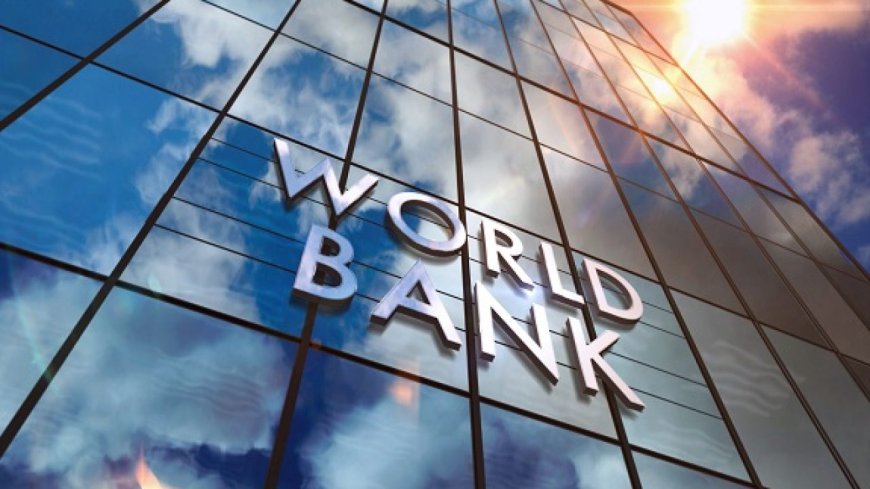Islamabad: The World Bank (WB) has projected Pakistan’s GDP growth rate at 2.3 percent for the fiscal year 2024–25, which is lower than the government’s projection of 3.6 percent. According to the latest "Global Economic Prospects" report, growth is expected to increase to 2.7 percent in 2025–26.
The report indicates that industrial activity and confidence are projected to improve due to easing import restrictions and moderating inflation. However, these improvements will be constrained by tight macroeconomic policies. The expected increase in growth assumes continued sound macroeconomic management, progress with structural reforms, and continued multilateral inflows and bilateral rollovers, which would boost investor confidence.
Economic activity in Pakistan has shown signs of improvement but remains subdued. The output is expected to expand by 1.8 percent in the fiscal year 2023–24 (July 2023–June 2024), following a contraction of 0.2 percent in the previous fiscal year. Industrial production picked up in late 2023–early 2024 after import controls were relaxed due to an improvement in the country’s foreign reserve positions. Despite this, policy uncertainty remains elevated, and tight monetary and fiscal policies continue to constrain activity.
Inflation in Pakistan has moderated over the past year due to high base effects and the stabilization of the exchange rate, but it remains high. Policy rates have been lifted in most countries in the region, reflecting the persistence of inflation. Several developments have contributed to reductions in external imbalances, such as narrower trade deficits, increased remittances, and recoveries in tourism in several countries. Foreign exchange reserves have increased in countries like Pakistan and Sri Lanka, easing currency pressures and reflecting receipts of official flows. However, reserve levels in some countries remain low.
In South Asia (SAR), economic spillovers from outside the region tend to be limited due to the region’s relative isolation from international trade compared to other parts of the world. Nonetheless, weaker-than-projected growth in major trading partners could negatively impact growth in countries like Bangladesh, Pakistan, and Sri Lanka. For instance, China accounts for a significant share of imports of intermediate goods in these countries, and slower activity in China could lead to shortages of input materials, dampening overall activity. Similarly, Europe is a primary export destination for these countries, and weaker-than-expected demand in Europe, particularly in the euro area, could slow down export activity.
Overall, the World Bank’s projections highlight the challenges and potential areas for growth in Pakistan’s economy amid global and regional economic conditions.








